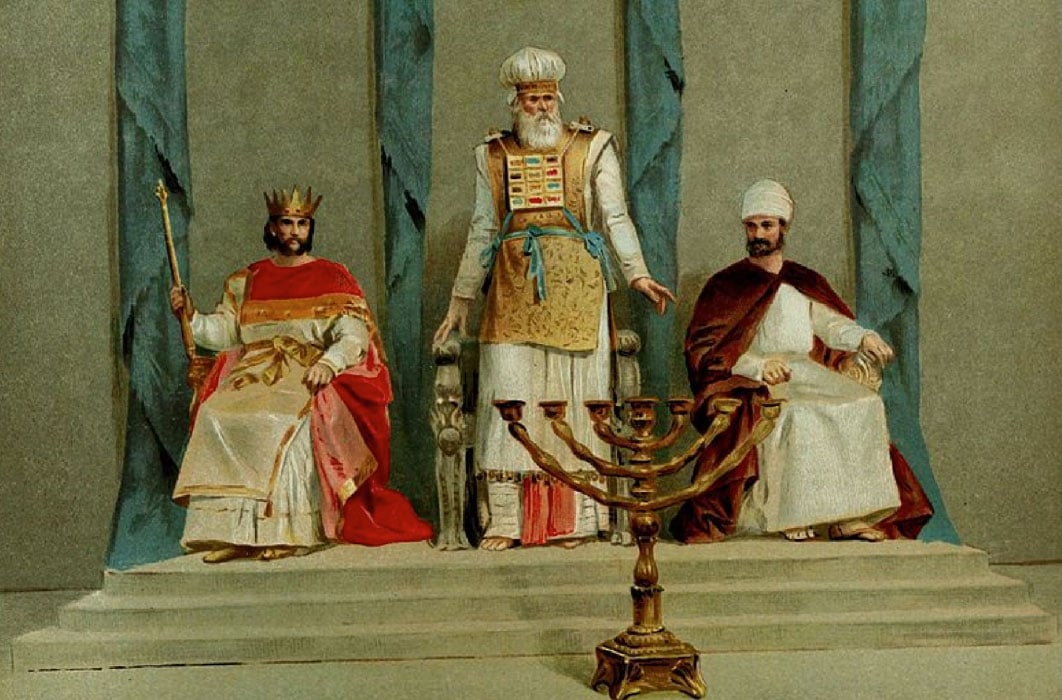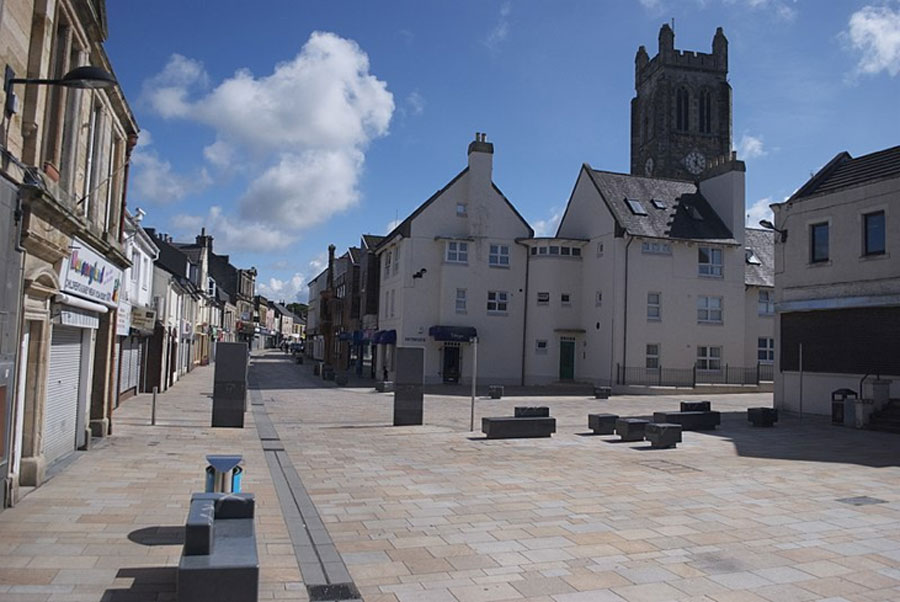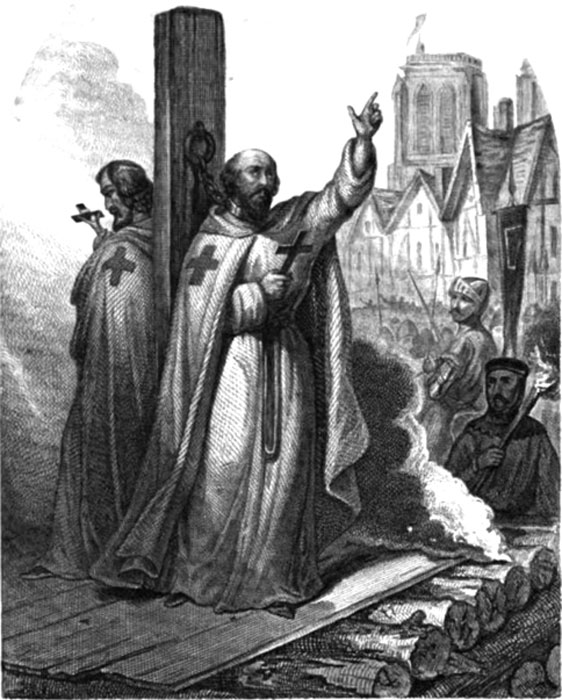
The Mystery of Mount Heredom, Masonic Seat of Scotland
Every country in the world has a handful of mountains which demand central roles in tales of lost treasures and mysteries of a supernatural nature, but only Scotland can claim to have a mountain so magical that not only was it mentioned in the Bible, but it might not even exist. However, in early Masonic mythologies associated with ‘Mount Heredom’ it is said to be the home of pure Freemasonry where the first ‘Grand Master’ held council, but nobody is quite sure where, or what Heredom was, or is.

View from the summit of Scotland’s Mount Schiehallion looking over loch Rannoch into the setting sun, one of the alleged locations of the legendary Mount Heredom. (CC BY-SA 2.0)
Flight of the Knights’ Templar
This quest to find ‘Mount Heredom’ begins in Kilwinning, a sleepy town on Scotland’s west coast that is quite literally ‘steeped’ in legends telling of secret orders of knights guarding valuable sacred relics in the 12th century abbey, the tower of which still stands today in the center of the town. Even the old Mercat Cross in the Main Street of Kilwinning is said to contain part of the cross on which Jesus was crucified and historian Jamie Morton from Ayrshire recently presented evidence that the legendary Holy Grail was hidden in a chamber beneath Kilwinning Abbey.

Main Street, Kilwinning, with Kilwinning Abbey tower seen to the right of Main Street. (dave souza/CC BY-SA 4.0)
How are stories of medieval chivalric orders and even the Grail linked to Kilwinning? When mention is made of the Grail one can almost predict the forthcoming mention of the Knights Templar, and this story is unashamedly no different. In the 12th century, this highly trained monastic military Order fought in the Holy Land during the crusades, before returning to Europe as powerful bankers and money lenders to most of Europe’s dynasties. To wipe out his debts to the Templars, King Phillip of France hatched an evil plot to destroy them and backed by the pope, on the evening of Friday October 13, 1307, Templars were arrested all over France and charged with heresy.

Jacques de Molay's burning at the stake. Jules Edouard Alboise du Pujol, Auguste Maquet The Prisons of Europe, Paris, (1845). (Public Domain).
When the Templar’s bank vaults in Paris were raided, they were found to be empty and it is believed the Templars had intelligence of the pending onslaught against them and moved their gold wealth and sacred relics into safekeeping. Templar officers fled to Portugal and Spain, but legends maintain they shipped the bulk of their treasures to the west coast of Scotland where they found safety with King Robert the Bruce. In his controversial book, Born in Blood, author John J Robinson claimed the Knights Templar sought refuge with the monks of Kilwinning Abbey and this was the seed of most of the modern Templar and grail legends, but not all of them.




